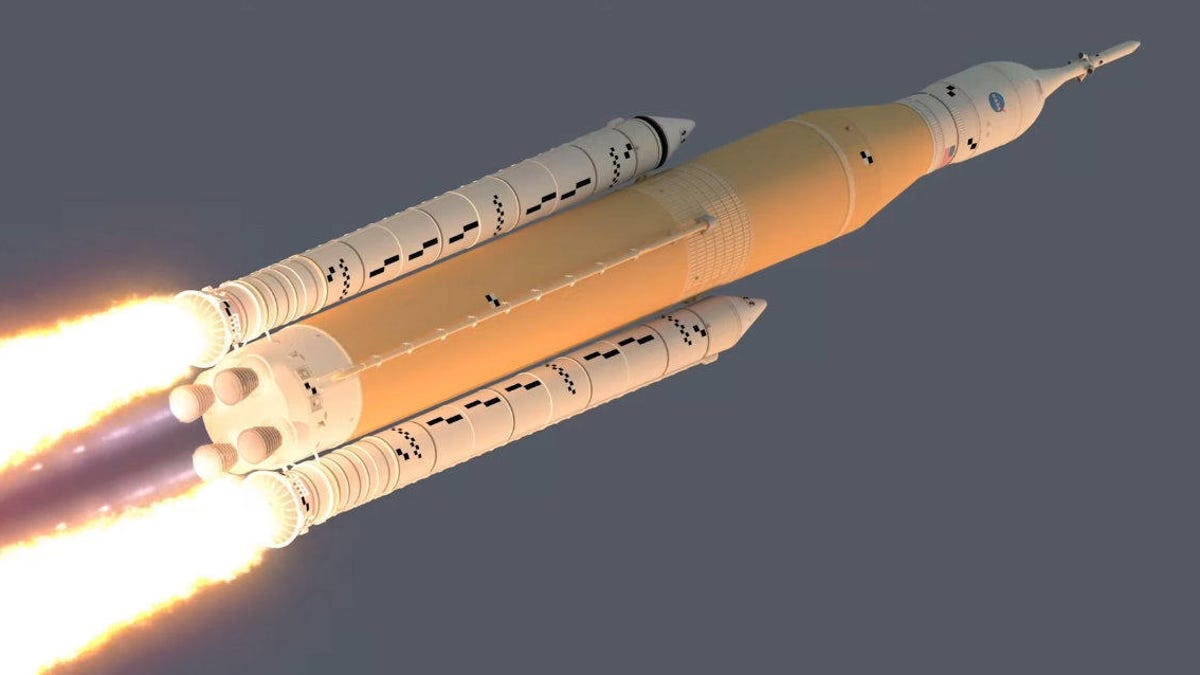NASA launches rah-rah trailer for 2024 moon mission: 'We are going'
Let Captain Kirk get you excited about returning humans to the moon.

NASA is still working on the Space Launch System as part of its moon ambitions.
William Shatner, Captain Kirk from Star Trek, knows a few things about exploring the universe. His voice adds a lot of gravitas to a new NASA video that plays out like a trailer for the agency's 2024 moon ambitions.
The video, released Tuesday, is simply called We Are Going. It comes on the heels of a NASA 2020 budget amendment requesting $1.6 billion in additional funding to jump-start its lunar exploration plans, both robotic and human.
NASA also announced the name Artemis this week for its mission to send astronauts, including the first woman, to the moon in 2024.
The video is meant to get everyone excited about reaching out and touching our lunar neighbor once again. We haven't visited in person since the last Apollo mission in 1972.
The 2024 schedule doesn't give NASA much time to figure out everything from its delayed Space Launch System to a new lunar lander, so the agency needs all the enthusiasm it can get from personnel, politicians and space fans.
We Are Going does a good job of laying out the history, majesty, hope and challenges for the new mission while making the whole thing sound pretty magical. The video covers moon landing efforts, but also the concept of an orbital Deep Space Gateway as a stepping stone to Mars.
"Our charge is to go quickly, and to stay, to press our collective efforts forward with a fervor that will see us return to the moon in a manner that is wholly different than 50 years ago," Shatner narrates.
If this is the trailer, I can't wait to see the movie.

